Does it sound strange to make plant fertilizer by using other plants? That’s how nature works! Here’s how to make organic fertilizer—without using chemicals and animal waste—right from your garden!
Forget chemical concoctions! An abundant source of nutritious plant food is already available, for free, in your garden. Common garden plants and even unwanted weeds hold vitamins and nutrients in their leaves that, when decomposed, can be a quick source of macro- and micronutrients to feed your garden. |
|  | | TravnikovStudio/Shutterstock | Using plants to feed plants is not that different than the process to make compost, albeit at a slower rate. Quick-growing annual flowers and food crops sometimes need nutrients faster than they can be released from the soil or the compost that you apply in the spring.
Moreover, no matter how “complete” your potting mix may be, containers do not hold an endless supply of nutrients, some of which also wash out through drainage holes. Supplemental feeding with solid or liquid plant-based feed is a swift and efficient way to apply the most-needed nutrients directly to the roots or leaves of fast-growing plants at the exact time that they need it.
MAKING YOUR OWN FERTILIZER
If you wish to try your hand at making fertilizer, there’s more than one way to go about it.
The simplest method is to brew herbs and weeds—much as you would a morning tea. My favorite herbs to try are: - Comfrey – High in magnesium, phosphorous, and potassium.
- Stinging Nettle – Contains magnesium, sulphur, and iron.
- And also, Horsetail– Loaded with silica, a nutrient that makes plants strong.
Borage and chickweed are also abundant and nutritious. They’re slightly less nutrient-dense, but even dried kitchen herbs such as chamomile, oregano, sage, and dill that have become old and unpalatable can be used up in this way, too. | 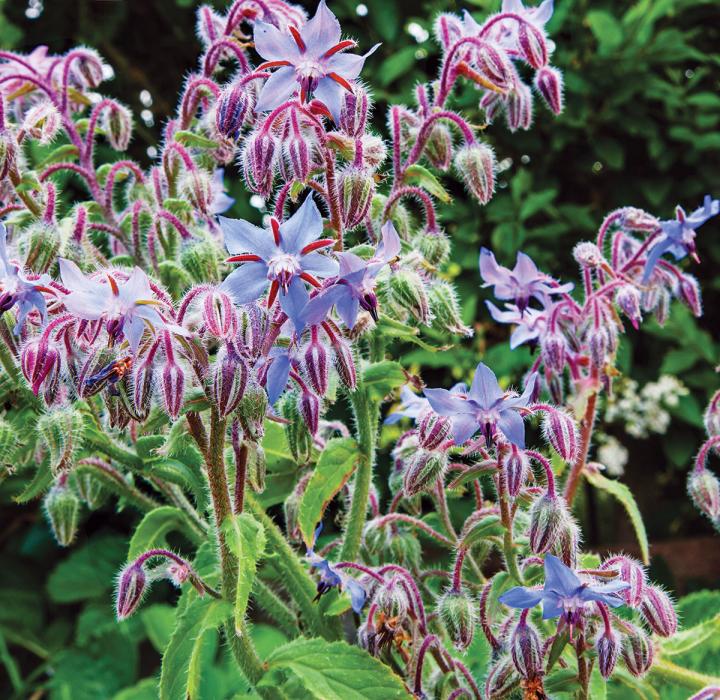 | | Photo: Borage. Credit: Getty. | I. HERB WEED FERTILIZER RECIPE - Stuff a bucket about half-full with roughly chopped leaves, stems, and flowers of weeds or pruned herbs. Pack them in tightly.
- Fill with water. You can use tap water or water from a rain barrel or speed the process by using heated, but not boiling, water.
- Set aside to steep for a day in the sun. Cover with fine mesh to prevent mosquitoes from laying eggs.
- Strain out the herbs or weeds and fill up a spray bottle (or watering can) with the concoction.
- Pour it on the soil or fill a spray bottle to spray the leaves of your plants as a foliar feed.
The potency of fertilizer teas improves as the plants decompose. The best teas are steeped for days or even weeks. However, the high nitrogen content in some plants, such as comfrey and stinging nettle, eventually creates a slop that stinks something fierce! Save the most malodorous brews for outdoor use; apply mixes that have been brewed for no longer than a day or so to houseplants and seedlings grown indoors. | 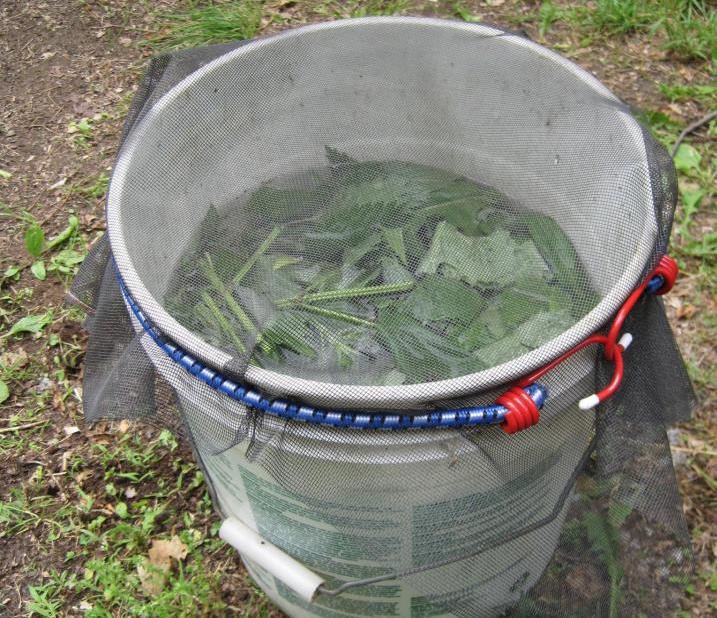 | | Photo: Robin Sweetser | II. AN EVEN BETTER BREW: ADD AERATION
To make an even better brew, add an aquarium bubbler to your bucket as it steeps. Aeration during the brewing process helps to maintain a healthy, oxygenated “tea” that is full of helpful bacteria and microorganisms. It smells better, too. - Stirring or agitating the mix by hand multiple times a day will achieve a similar effect, but a pump will do the work for you.
- Dilute your finished fertilizer with water until it looks like weak tea. Then pour on the soil or fill a spray bottle to use as a foliar feed.
Apply in the early morning when the sun is less intense and dilute by half again if you notice any signs of leaf burning. | III. BUYING AN ORGANIC FERTILIZER
If you’re reading this and the DIY route isn’t for you (perhaps you don’t have the herbs), then we can recommend a great organic fertilizer—our own!
As of 2020, The Old Farmer’s Almanac makes an organic plant fertilizer to deliver protein-based nutrition to your tomatoes, vegetables, and herbs, including both slow- and quick-release nutrients. It works with your soil’s ecosystem and contains no chemicals, manure, or the associated harsh odors. Learn more about: The Old Farmer’s Almanac 100% Organic Fertilizer for plants. |
|
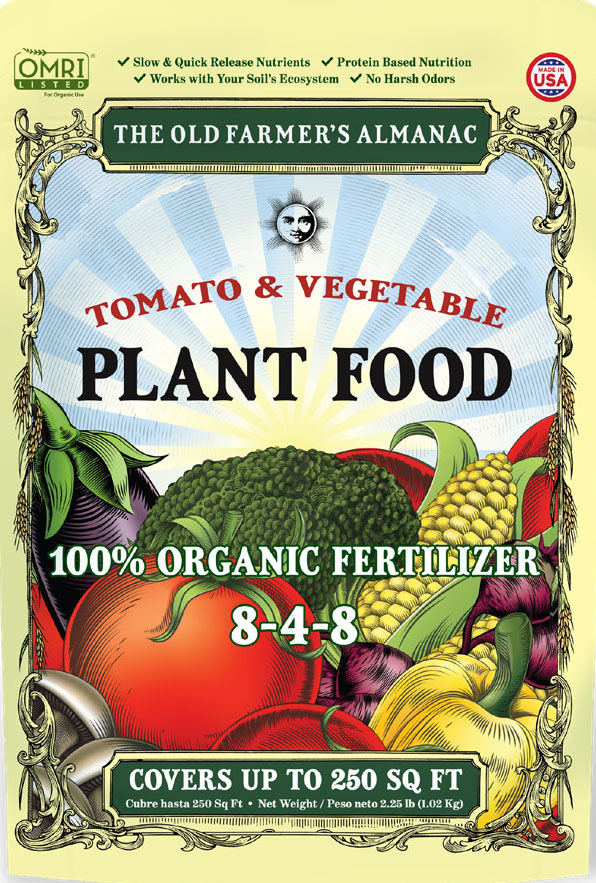 | KNOW YOUR NUTRIENTS
You may know that Nitrogen, Phosphorus, and Potassium are the most important nutrients that a plant needs to thrive. Here’s a basic understanding of which nutrients can be found in specific plants so that you know how and when to use them. - Nitrogen is needed for plants’ vegetative growth. It should be used in the early stages of leaf and stem development and withheld later in the season when plants are flowering. Nitrogen-rich plants include comfrey, common mallow, and stinging nettle. Generally speaking, homemade brews tend to be less concentrated than store-bought, high-nitrogen fertilizers such as fish emulsion and are fine for use throughout the season.
- Phosphorus is important at the start of the season for strong root growth, especially on developing root crops, new transplants, or tomato or corn seedlings with purplish leaves. Add larger quantities of lamb’s-quarter, stinging nettles, and comfrey to your brews at this time.
- Potassium-rich plants, such as borage, lamb’s-quarter, dandelion, comfrey, and alliums (chives, garlic, onion tops), are great for boosting resilience to stress.
Container crops often need more help with resilience than those grown in-ground. I sometimes bury shredded fresh comfrey leaves halfway down the pot at the time of planting. The decaying plant matter provides a food source for growing plants as their root systems stretch deep into the pot.
|
|
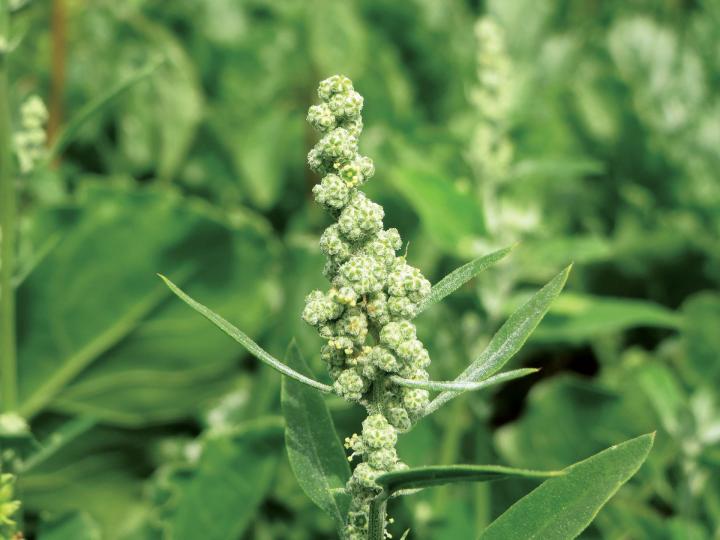 | | Photo: Lamb’s-quarter. Credit: Getty. | FERTILE FRIENDS LIST
Cultivate these plants for rich and nutritious home brews. - Comfrey (Symphytum officinale) may be an aggressive spreader, but you can put those big, fast-growing leaves to work as a cut-and-come-again source of all three of the top macronutrients—nitrogen, phosphorus, and potassium (NPK)—as well as other micronutrients and trace elements. Comfrey’s deep taproot makes it a cold-hardy and drought-tolerant plant. I grow the Russian hybrid (S.x uplandicum) because it doesn’t produce viable seeds and is much less aggressive than its cousins. Keep it next to the compost bin, where it can soak up nutritional runoff.
| 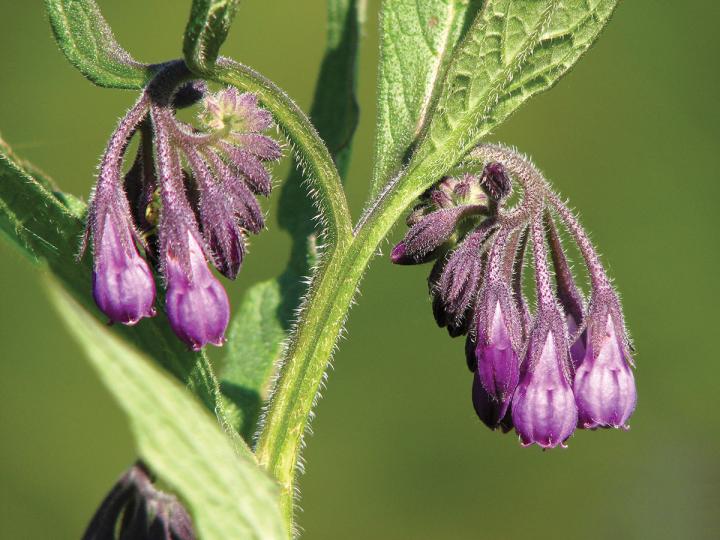 | | Photo: Comfrey. Credit: Getty Images.. | - While many gardeners would never consider a patch of stinging nettle (Urtica dioica) in their garden, I celebrate this potent, iron-rich plant each spring. This being said, nettle is aggressive. Never allow it to go to seed, or it will take over the bed! Wear leather gloves when harvesting leaves and stems to avoid its prickly bite. Nettles have more nitrogen than comfrey, as well as phosphorus, potassium, sulfur, magnesium, and copper, and the two plants mixed together make a nutritionally balanced feed suitable for all plants anytime within the growing season.
| 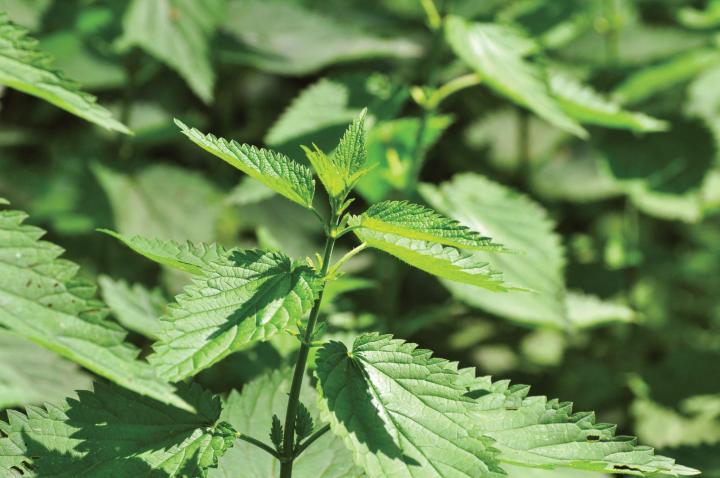 | | Photo: Stinging Nettle. Credit: Getty. | - Chances are good that there is common mallow (Malva neglecta) in your garden. This much-maligned weed is ubiquitous in lawns, gardens, and waste spaces worldwide. It also happens to be a nutritious food source of calcium, potassium, magnesium, and iron (for you* and your plants), and its hardiness through just about any conditions makes it one of the easiest and earliest herbs to find for springtime tea brewing.
| 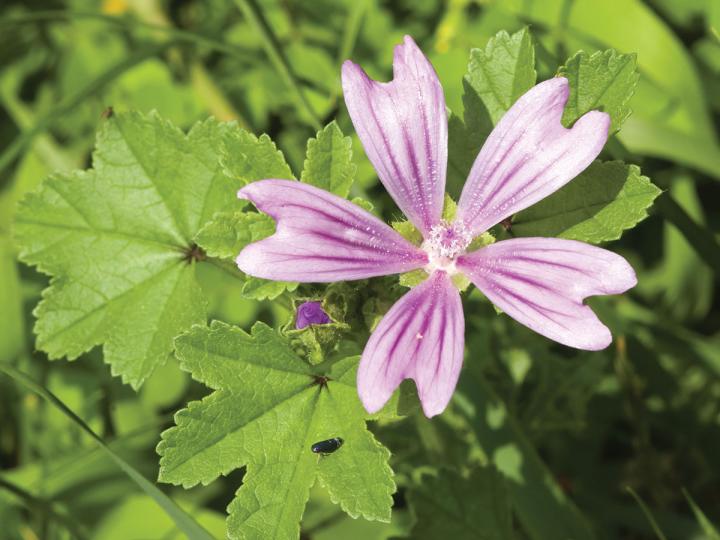 | | Photo: Common Mallow. Credit: Getty. | *Note that this is a strong accumulator of nitrates, so be mindful of where you collect it when foraging for human consumption.
All of the following contribute calcium and potassium, in addition to any other nutrients shown. - Borage (Borago officinalis)
- Chickweed (Stellaria media): iron, magnesium, sulfur
- Dandelion (Taraxacum officinale): copper, iron
- Dill (Anethum graveolens): iron, magnesium
- Horsetail (Equisetum arvense): iron, magnesium, silica
- Lamb’s-quarter (Chenopodium album): iron, phosphorus
- Oregano (Origanum vulgare): iron, magnesium
- Parsley (Petroselinum crispum): copper, iron, manganese
- Sage (Salvia officinalis)
- Yarrow (Achillea millefolium)
| 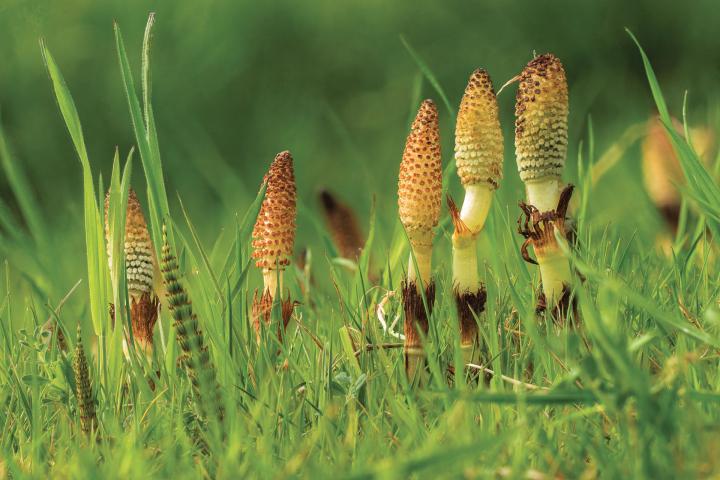 | | Photo: Horsetail. Credit: Getty. | SOURCING INGREDIENTS
At the end of the growing season, harvest the leaves of excess herbs and other plants from the “Fertile Friends” list above and hang them to dry where they will get good air circulation. Store them in marked glass jars or paper bags. These dried plant materials can be crushed up and added to soil mixes or brewed into tea to provide support for spring seedlings.
You can also pre-soak peas, beans, and other large seeds in the brew before planting. With some exceptions, the most nutritious plants tend to be those with deep-reaching taproots that can draw nutrients and minerals up from lower, often inaccessible, soil levels and store them in their leaves.
The quantities of specific nutrients found within each plant are not as precise as they are in a commercial fertilizer product. Every garden is different, and quantities are influenced by a host of factors.
What’s important is that the nature of the unique and complex community of bacteria and other microbes, bacteria, invertebrates, and other life that your soil supports (aka the “soil food web”) are all involved in the processes of decomposition. How they interact with plant roots influences how effectively nutrients are made available. | 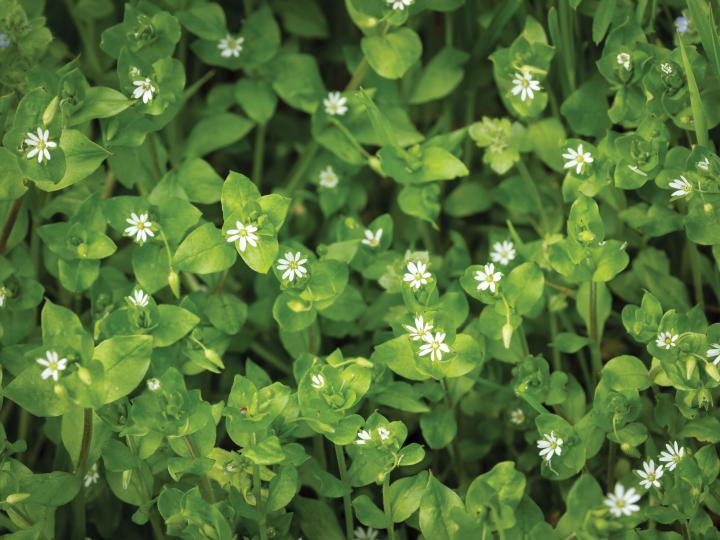 | | Photo: Chickweed. Credit: Getty. | BE SAFE!
Be aware that the plants are just as adept at drawing up toxic chemicals, pesticides, lead from old paint, and other harmful substances that may be lingering in the soil. For this reason, it’s important to know the history of your land and/or have the soil tested. If you plan to forage beyond your home garden, steer clear of recent commercial agricultural areas, old gas/service stations, factories, and paint shops.
|
|
| |













No comments:
Post a Comment